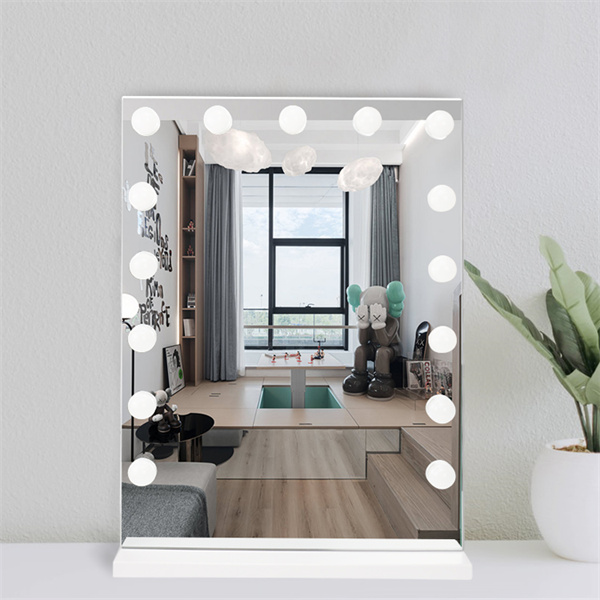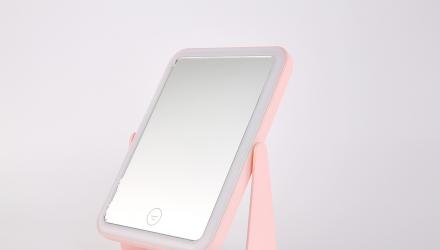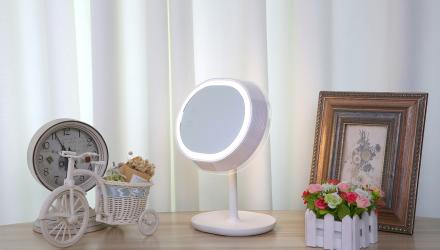Industry common terms for LED light strips
2023-03-10 Views:
We GHT often receive inquiry calls from customers for LED light strips, but because we are not familiar with the specifications and terms of LED light strips, we often need to explain to customers for half a day to let them understand. In view of this phenomenon, the following five specifications and terms commonly used for LED light strips are explained and shared, and also for the reference of purchasing friends:
1、 LED size: 0603, 0805, 1210, and 5050 refer to the size of the light-emitting element used on the LED light bar -- LED (English/metric). The following is a detailed description of these specifications:
0603: converted to metric system is 1005, which means that the length of LED element is 1.0mm and the width is 0.5mm. The industry abbreviation is 1005, and the English name is 0603
0805: converted to metric system is 2125, which means that the length of LED element is 2.0mm and the width is 1.25mm. The industry abbreviation is 2125, and the English system is 0805
1210: converted to metric system is 3528, which means that the length of LED element is 3.5mm and the width is 2.8mm. The industry abbreviation is 3528, and the English name is 1210
5050: This is the metric system, which means that the length of the LED element is 5.0mm and the width is 5.0mm. Industry abbreviation 5050

2、 Number of LED lights: 15 lights, 30 lights and 60 lights refer to how many LED elements are welded on the LED light strip per meter of length. Generally speaking, the 1210 specification light strip is 60 LEDs per meter, the 5050 specification light strip is 30 LEDs per meter, and the special one is 60 LEDs per meter. The price of LED strips with different LED quantity is different, which is also an important factor to distinguish the price of LED strips.
3、 Color temperature: refers to heating a standard blackbody. When the temperature rises to a certain degree, the color starts to change from dark red to light red to orange yellow to white to blue. When the color of a light source is the same as that of the blackbody, we call the absolute temperature of the blackbody at that time the color temperature of the light source.
Generally speaking, color temperature is not used as an indicator to evaluate LED light strips, but many foreign customers will make a special requirement because of the use environment.
The color of light varies with the color temperature of the light source:
The color temperature is below 3300K, and the light color is reddish, giving a warm feeling; There is a calm atmosphere and warm feeling, It is generally known as warm color temperature.
The color temperature is in the middle of 3000-6000K, and people have no obvious visual psychological effect under this color, and have a refreshing feeling; So it is called "neutral" color temperature
The color temperature is more than 6000K, and the light color is blue, giving people a cool feeling. It is generally called cold color temperature.
4、 Brightness: cd (candela)
The basic unit of luminous intensity, candela, is one of the basic units of the International System of Units.
Generally, different colors of LED light bars will have different luminous intensity, and the common unit is mcd, that is, millicandela. The higher the value, the higher the luminous intensity, that is, the brighter. This is an important indicator to evaluate the brightness of LED lamp strips. The higher the brightness requirement, the more expensive the lamp strips are. This is because high brightness LED chips are expensive, and the higher the brightness, the more difficult it is to package.
5、 Luminous angle:
This refers to the luminous angle of the LED element on the LED strip. Generally, the luminous angle of the SMD element is 120 degrees. The larger the luminous angle is, the better the astigmatism effect is, but the relative brightness of its luminous intensity is correspondingly reduced. The luminous angle is small, the intensity of light is increased, but the range of illumination will be reduced. Therefore, another important indicator for evaluating LED light bars is the luminous angle. Now there are some bad manufacturers on the market, in order to improve the brightness of the light and earn higher profits, they deliberately reduce the light angle. If they are careless, they will buy such shoddy components.
6、 Voltage: This refers to the input voltage of LED light bar. The common specifications are DC 12V, and some are 24V.
Prev:Which material is better for LED cosmetic mirror?
Next:Can I install LED lights in front of the vanity mirror?
-

Placement method of LED cosmetic mirror
Generally, LED cosmetic mirrors should be placed in the place with good light at home If you put it in a dark place, you can t clearly see your true self
-

LED cosmetic mirror manufacturers talk about whether the material behind is toxic
At present, many local households are equipped with led makeup mirrors, such as the wardrobe mirror in the room, the washroom mirror in the bathhouse
-

Methods to prevent fogging of vanity mirrors
The led vanity mirror is a necessary item in the bathhouse, but when the weather gets colder, it is more winter When you take a bath, you will find that the led vanity mirror is covered with water mist



